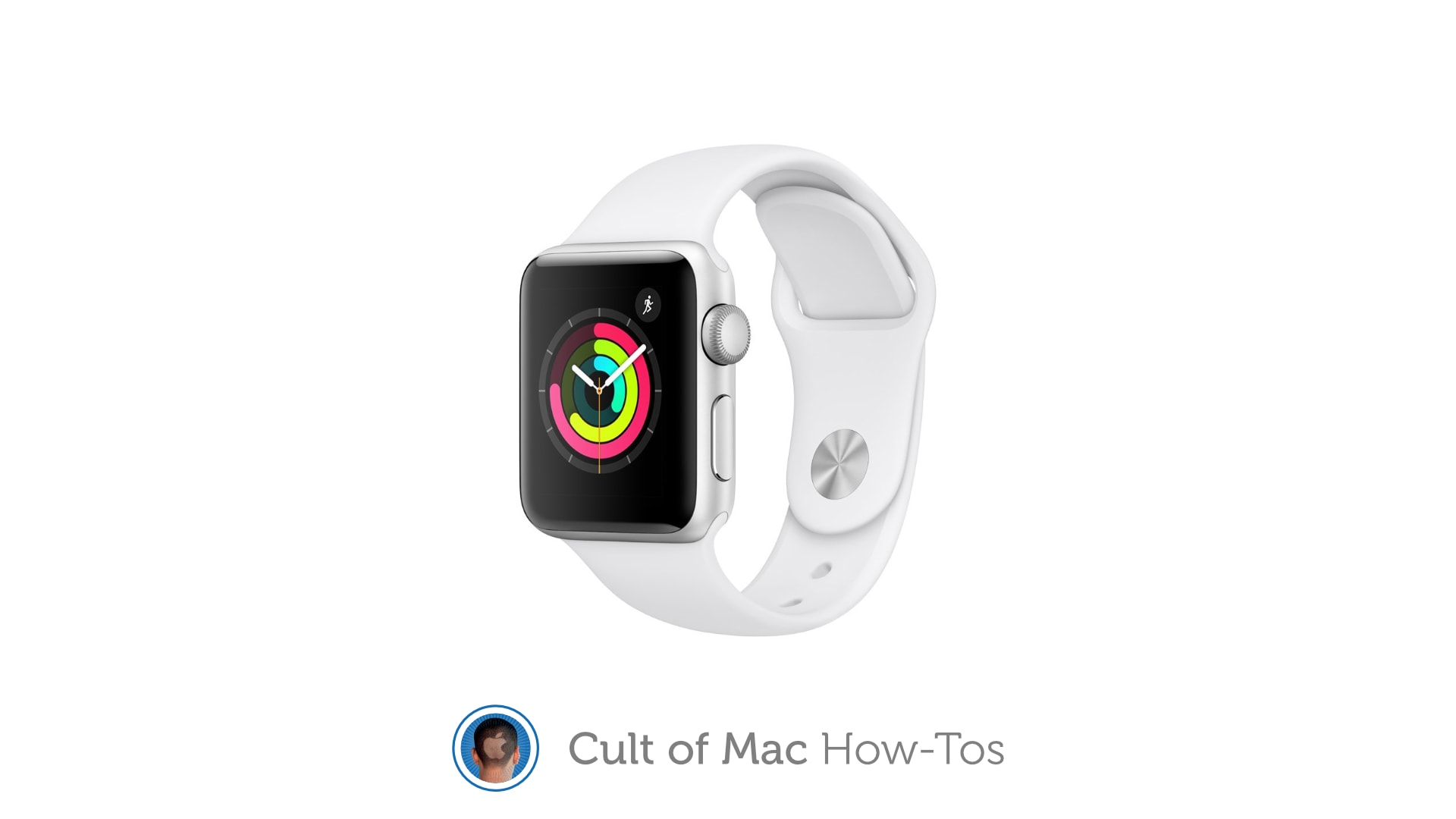
SETTING UP FOG IMAGE FOR MAC MAC
Non avendo Mac con il chip T2 non ti so dire, ma per Apple il problema dei crash di bridgeOS. Parallels is now booting your network image, the rest is up to you. At the moment, checkra1n only supports installing Cydia. Alternatively, you can just select F12 from the Devices | Keyboard | F12 menu choice in Parallels. You can unbind it (which then allows you to actually type a F12 key to Parallels to get it to boot, by going into System Preferences | Expose & Spaces | Expose and setting Dashboard HIde and show to a different key (or none). Note: By default, on a Macintosh, F12 has been bound to Dashboard. You will now PXE boot your installation, remember to hit F12 to get it to look for the PXE Server:

SETTING UP FOG IMAGE FOR MAC INSTALL
On the Prepare to Install Operating System screen, select Start to boot: Name your installation and determine if you want to use Sharing: Set Optimization Options to whatever you’d like: Set Network Adapter to an adapter that will be used for booting (I use Default Adapter to ensure it’s working): Set Networking Type to Bridged Networking (PXE boot will not work through Shared Networking): Set the New Virtual Disk to whatever you’d like (I use expanding disks): You shouldn’t have a pre-built image, so set Hard Disk Options to New image file: Set your CPU and Memory Options to whatever works for your image (you can change them later): Select Custom as your Virtual Machine Type: Next, select the Operating System Type you’ll eventually be booting: Leave the Installation CD/DVD set to the CD-ROM/DVD drive. So, what’s a Macintosh guy living in a Windows world to do? The Solutionįirst things first, let’s create a new Virtual Machine (VM) to use as our base: Sometimes, there are MAC addresses that loose their association with a host. See this article on Apple’s support site for more details. However, imaging options will become less relevant as more organizations move to modern Mac deployment methods.
Unfortunately, Parallels doesn’t offer a “Network Boot” option by default. Setting up a partition for images and snapins is most easily done during OS. For the traditionalists out there, Mac imaging lets you take part in a hands-on approach to deploying computers. However, if you use Parallels Desktop on a Macintosh, you may want to have the same corporate image of Windows running in your Parallels VM. Here at the office, this is how we load the Windows OS on all of our desktops / laptops. Those servers probably use a protocol to boot machines without an OS called PXE ( Preboot Execution Environment). If you’re in a corporate environment you probably have Windows OS servers.


 0 kommentar(er)
0 kommentar(er)
